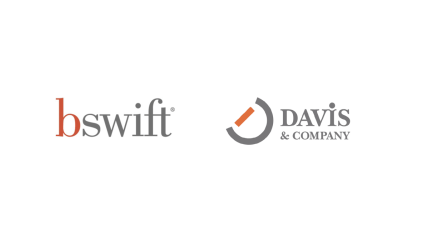
Recently, I noticed several clients relying on email to communicate change initiatives with employees. Everything from a technology upgrade to a new performance management program is being explained via e-newsletters and distribution lists.
Which begs the question: Is it working?
The short (but not so satisfying) answer is: Partially.
Why “partially”? For two reasons. The first is readership: Is your email or newsletter breaking through and being read? The second is the limited impact of an email or newsletter: Can these tactics help you achieve your communication objectives?
First, let’s talk readership
Email is the only form of internal communication where we can be sure to reach 100% of employees—simply because it landed in their inboxes.
But do employees read every email? Certainly not. Research shows the average internal email open rate is 68%. E-newsletter readership is much worse—by some reports as low as 15%. And what happens when employees take the time to open an email or newsletter? Most do not read the content, they skim.
Employees have become so used to trashing emails because as few as 38% of the messages they receive are important and relevant to their jobs.
The solution? Making emails useful and attention-grabbing will encourage readership. Here’s how:
Target your audience. The concept is simple: Send your message to only those employees who are directly impacted by the information. The best change communication plans take this idea further by segmenting employees by the impact of a change. Different audience groups experience different levels of change, and thus should receive different amounts of communication.
For a recent performance management goal-setting announcement, we sent separate emails to employees and managers. This approach provided relevant, actionable content for each group: instructions for employees on how to set their goals, and advice for managers on how to coach employees through the process.
Write about popular topics. If you’re publishing a periodic newsletter to keep employees updated about a change, investigate which stories get traction. Conduct a survey to understand what employees want to learn more about. And review click rates to determine which articles get the most views.
A client rolling out a new diversity, equity and inclusion program learned through a survey that employees wanted to know more about volunteer opportunities. In the next newsletter issue, we included two prominent volunteerism articles: one with instructions on becoming a volunteer and another highlighting a recent volunteer’s positive experience.
Now, onto engagement
Emails are great for building awareness, but don’t expect them to do much more. Simply hitting the send button will not help you build deep knowledge or influence behaviors.
If you want to move the needle from awareness to engagement, buy-in and action, you need to kick your communication up a notch—from “push” information sharing to “pull” interaction.
Discussion and interaction are the most powerful ways to build knowledge and motivation. Adults are experiential learners—we need a chance to process a change, internalize it, ask questions and voice concerns. Employees need to feel heard and involved.
- Change workshops. Invite key stakeholders to workshops to get them on board. For example, hold a working session for managers to solve challenges together. This will encourage managers to get on board and participate in the change.
- Q&A sessions during town halls. Give employees a chance to voice their opinions and ask questions live with senior leaders. But don’t just ask, “Who has a question?” and wait for a response. Instead, put employees on the spot by asking, “How can we minimize obstacles during this transition?”
- A social media discussion. Hold a live Q&A for leaders to answer questions. Set a date and time for leaders to interact with employees in a scheduled session on your internal social media platform. Or ask employees to voice concerns and have leaders address them.
- Small group coffee chats. Schedule a series of sessions where project leaders can chat informally with groups of employees. Don’t draft an agenda—instead, let the conversation flow naturally. Coach leaders to help employees feel comfortable discussing what’s on their minds.
Now you know the one-two punch. Emails and newsletters are great for building awareness if you maximize readership. But when you really want a change to stick in your organization, remember these digital tools will only get you so far. Build a comprehensive change communication plan that amplifies interaction, and you’ll deliver a knockout.





